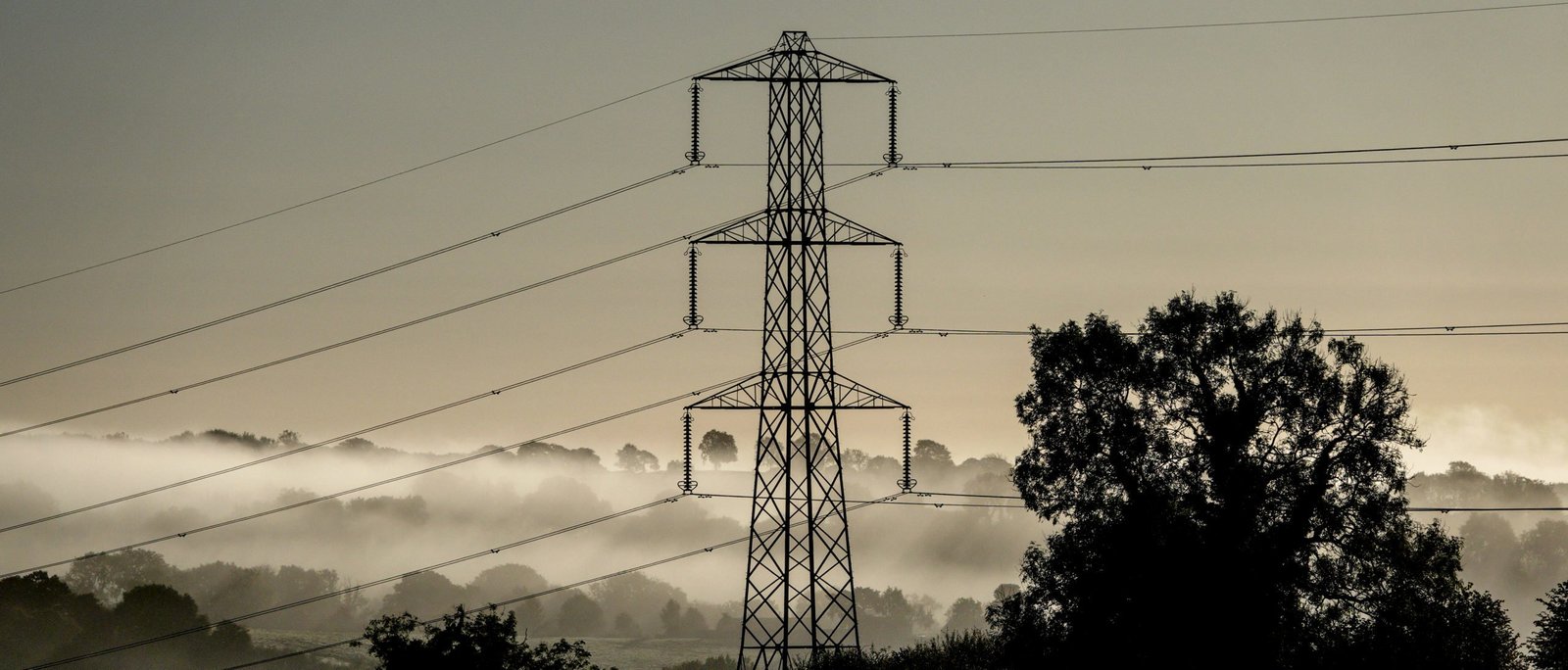
Citizens Water Advocacy Group, a nonprofit organization that advocates for water protection, hosted a joint online forum for Yavapai County Supervisor candidates in the 2nd and 3rd districts on Friday, June 28th.
Candidates in attendance were District 3 incumbent Donna Michaels and her primary opponent, former Jerome mayor Nikki Cech (both Democrats), District 3 unopposed Republican candidate Lori Drake, chair of the Mingus Union High School District Board of Trustees, and District 2 incumbent Superintendent James Gregory (Republican). District 2 Republican primary opponent Wiley Klein was absent due to a family emergency.
“The purpose of this forum is to bring water issues into the election discussion,” event moderator Gary Beverly said afterward. “I think we have the strongest group of candidates we've ever seen, so I'm optimistic that the new commission will do a better job on water resource planning.”
Water Protection
“For the first time, we were able to form a coalition with three other counties to form a Rural Counties Coalition to address the inequities we face in rural Arizona when it comes to water protection,” Michaels said. “In fact, we [the] The board unanimously approved the declaration, or simply asked the governor to “remember that water safety is essential for all rural counties.”
Michaels also said he supported Senate Bill 1221, which did not pass the state House of Representatives, and which would have created watershed management districts to limit private water use, a bill Gregory also voiced his support for.
Beverly said CWAG viewed SB 1221 as a poor bill that benefited big agriculture and had lobbied against it, but “didn't take an official position.”
Check said he supports reforming the Yavapai County Water Resources Advisory Board, which was dissolved in 2014 with the goal of developing a sustainable regional water resources plan.
“The important thing is that we[water] “It's a difficult process to transform conflict into consensus,” Cech says, “but if we don't do that, water policy will be decided from the top. We really want water policy to come from local voices.”
Drake focused on the need to coordinate water resource activities with the Arizona Department of Water Resources and said he does not support creating an additional department in Yavapai County.
Instead, she called for “working together to create better conservation and efficiencies for our communities.”
Regional Goals
Candidates were asked questions such as what the goals of a regional water resources plan should be, whether the plan should include regulation of groundwater and surface water, and what the role of non-governmental organizations is in the planning process.
While Michaels and Gregory said they would like to see state law prioritize groundwater conservation, Check said there should be three main goals.
ㅁ Ensure that the Verde River continues to flow in perpetuity.
ㅁ Ensure a “water future” for groundwater and surface water users.
ㅁ Continue the agricultural role in the county.
The Republican candidates called for a unified management plan for the entire county because the Verde River flows on both sides of Mingus Mountain, while Michaels wanted a regional plan that would take into account the differences in population and use in the Verde Valley and Prescott. Check did not specify which he preferred.
Water Management Planner
“The new comprehensive plan recommends a County Water Advisory Board, a new full-time employee planner focused on water management, coordination with public processes, water conservation programs and flood control,” Beverly said, asking candidates if they supported those recommendations.
“I'm not necessarily in favor of hiring new employees at this point,” Drake said, though both Democrats expressed support for hiring new employees.
“I think we’ve now reached a point where we should have dedicated people with deep expertise to navigate the application process in the best way possible.
“We need to get the information before we make a decision,” Michaels said.
Developer Incentives
All of the candidates said they would support considering incentives for future developers to use drought-resilient landscaping techniques in their projects.
“The Verde River's baseflow has declined sharply every year since 1996,” Beverly says. “This is the result of a combination of groundwater pumping and rising temperatures due to climate change. The reduced flows have altered aquatic habitat, and U.S. Forest Service scientists now suggest that the upper reaches are no longer home to key native fish species. This is a major loss for one of Arizona's best remaining native fisheries. What can the County do to maintain and restore water flows in the Verde River?”
Drake responded that the county “can encourage conservation and restoration efforts in and around the Verde River,” but did not provide specific examples.
“We need to step up education in a way that gets people to accept that the new way of life in arid lands is to have self-imposed conservation expectations,” Michaels said. “I think we're on the path to mandatory conservation expectations moving forward in the near future.” [future] Hopefully we will have water legislation in place… I think the county should lead the way on that… We should all expect that the county wants to encourage others to work with NGOs and others to restore water flows, despite the climate challenges we face.”
Cech said his priority will be to focus on the upper Verde River, which is the most vulnerable.
“I think the county should provide direct assistance. [and] “No one is involved in developing a plan to reduce development of the Big Chino Aquifer,” Cech said, “We need a lot more information on the hydrology and how to do that most effectively, but working with NGOs to put together a conservation plan and then putting that in the new zoning ordinance would be the best thing we can do to ensure that.” [the] The Upper Verde River continues to flow.”
















